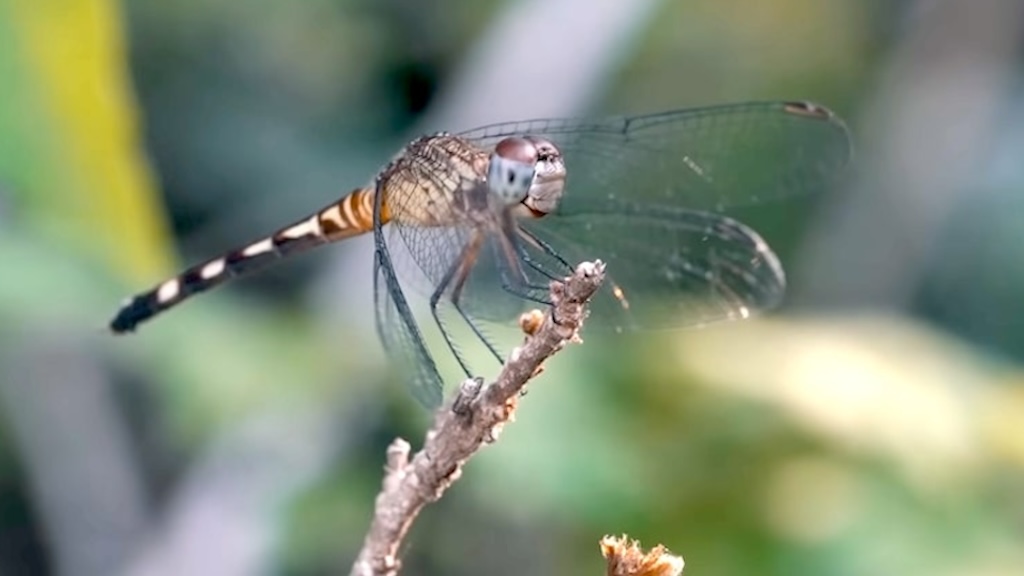Studying the Extraordinary Evolution of Dragonflies
Entomologist Jessica Ware of the American Museum of Natural History explained how she and others are studying the extraordinary biology and evolution of dragonflies. Ware first remarks on the first dragonfly ancestor.
The extinct genus Meganeura, an ancient relative of today’s dragonflies, was just a little smaller than a crow, making it one of the largest insects ever known. It buzzed around 350 million years ago, even before dinosaurs walked the earth.
She also notes how fast dragonflies are, their remarkable ability to hover, the geometry of their amazing wings, and how two different families of the insect are connected.
Macromiidae…and dragonflies from a totally different family, Aeshnidae, are a great example of how two distantly related groups can share the same wing types and flight styles. …Just looking at the flight styles, we might have thought they were close cousins, but now the trees, these phylogenies that we’re building with DNA ,are painting a much more complex picture.

Ware also addressed dragonfly butts in a separate video.






